A De Fussigny XO Cognac
$100 Original price was: $100.$85Current price is: $85.
A de Fussigny Cognac
Indulge in the exquisite elegance of A de Fussigny Cognac. Crafted in the heart of Cognac, France, this refined spirit offers a harmonious blend of rich fruit, delicate floral notes, and warm oak. Its smooth, velvety finish at 80 proof makes it perfect for sipping neat or enhancing sophisticated cocktails.
A de Fussigny Cognac: Your Guide to the Art of Fine Champagne Cognac
If you’re beginning to explore the world of premium spirits beyond whiskey and bourbon, you may have encountered the elegant bottles of A de Fussigny Cognac. This respected cognac house represents the pinnacle of French craftsmanship, offering spirits that bridge centuries of tradition with modern drinking preferences. This comprehensive guide will walk you through everything you need to know about A de Fussigny Cognac, from its prestigious Fine Champagne terroir to its complex tasting profiles and why it deserves attention in your spirits collection.
What is A de Fussigny Cognac?
Let’s start with the fundamentals. A de Fussigny Cognac is a premium cognac producer known for its commitment to quality and distinctive house style. The “A” stands for Alphonse, the founder who established the house in the Cognac region of France. Unlike some larger commercial brands, A de Fussigny maintains a focus on artisanal production methods and careful barrel selection.
What sets A de Fussigny apart is their specialization in Fine Champagne cognac. This isn’t sparkling wine—the term “Fine Champagne” in cognac refers to a specific prestigious appellation that must contain at least 50% grapes from the Grande Champagne region (considered the best growing area in Cognac) with the remainder from Petite Champagne. This combination creates cognacs of exceptional complexity and aging potential.
The History and Legacy of A de Fussigny
The story of A de Fussigny begins with Alphonse de Fussigny in the early 19th century. Established in 1814, the house has navigated centuries of changing tastes while maintaining its commitment to quality. The A de Fussigny approach combines traditional methods with innovative aging techniques, resulting in cognacs that honor history while appealing to contemporary palates.
The house’s longevity speaks to its resilience and quality focus. While many cognac houses were absorbed by larger corporations, A de Fussigny has maintained its identity and production standards, making it a favorite among cognac enthusiasts who appreciate authenticity and craftsmanship.
Understanding Fine Champagne Cognac
To truly appreciate A de Fussigny Cognac, it’s essential to understand what makes Fine Champagne cognac special:
The Terroir Difference
The Cognac region is divided into six growing areas, with Grande Champagne and Petite Champagne considered the premier crus:
-
Grande Champagne: Known for producing cognacs with exceptional finesse and longevity
-
Petite Champagne: Offers similar characteristics but matures slightly faster
-
Fine Champagne Blend: Combines the best qualities of both regions
Legal Requirements
For a cognac to be labeled “Fine Champagne,” it must:
-
Contain at least 50% Grande Champagne eaux-de-vie
-
Use the remainder from Petite Champagne
-
Meet all other cognac production standards
This designation matters because the chalky soil of these regions produces grapes with higher acidity and more complex flavors, which translate into more sophisticated cognacs.
The A de Fussigny Range: Understanding Their Expressions
A de Fussigny offers several expressions, each representing different aging periods and characteristics:
VS (Very Special)
The entry-level expression aged a minimum of two years:
-
Youthful Character: Bright fruit notes and vibrancy
-
Mixability: Excellent for cocktails
-
Approachable Price: Gateway to the brand
VSOP (Very Superior Old Pale)
Aged a minimum of four years, offering more complexity:
-
Balanced Profile: Good between oak and fruit
-
Versatile: Can be enjoyed neat or in premium cocktails
-
Value Option: Often the sweet spot for quality and price
XO (Extra Old)
The flagship expression that showcases the house style:
-
Extended Aging: Minimum 10 years (exceeding the 6-year requirement)
-
Complex Character: Deep, developed flavors
-
Sipping Quality: Best enjoyed neat to appreciate complexity
When people search for A de Fussigny XO Cognac, they’re typically looking for this premium expression that represents the height of the house’s craftsmanship.
Tasting Notes: The Flavor Profile of A de Fussigny Cognac
The tasting experience of A de Fussigny Cognac varies by expression, but there are characteristic house notes that run through their portfolio:
The Aroma (The “Nose”)
The initial scent experience typically reveals:
-
Floral Notes: Dried flowers, particularly violet and rose
-
Fruit Characteristics: Candied orange, apricot, and grape
-
Spice Elements: Cinnamon, vanilla, and sometimes nutmeg
-
Oak Influence: Subtle tobacco and leather notes from aging
The Flavor (The “Palate”)
The tasting experience showcases the Fine Champagne terroir:
-
Elegant Fruit: Preserved citrus and stone fruits
-
Warming Spice: Baking spices that complement rather than dominate
-
Honeyed Sweetness: Natural sweetness without being cloying
-
Complex Development: Layers that unfold gradually
The Finish (The “Aftertaste”)
The conclusion is typically:
-
Long and Lingering with evolving flavors
-
Smooth and Balanced without harsh alcohol notes
-
Memorable with flavors that invite contemplation
Specific to A de Fussigny XO Cognac:
The XO Fine Champagne Cognac from A de Fussigny typically shows more developed notes of:
-
Dried figs and raisins
-
Dark chocolate and coffee
-
Walnut and almond
-
Older oak characteristics
Tasting Tip: To fully appreciate A de Fussigny Cognac, use a tulip-shaped glass that concentrates the aromas. Hold the glass in your hands briefly to warm the cognac slightly, which will release more aromatic compounds. Take small sips and let the cognac coat your entire palate to experience the full flavor progression.
Why Choose A de Fussigny Cognac?
Several factors make this cognac house worth your attention:
For Cognac Beginners
-
Approachable Style: Well-balanced without being overwhelming
-
Educational Value: Excellent example of Fine Champagne characteristics
-
Quality Introduction: Represents what good cognac should taste like
For Experienced Enthusiasts
-
Distinct House Character: Recognizable style different from major brands
-
Aging Potential: Some expressions continue to develop in the bottle
-
Conversation Piece: Less common than widely available brands
For Special Occasions
-
Elegant Presentation: Beautiful bottling suitable for gifting
-
Celebratory Nature: Cognac naturally suits special moments
-
Memorable Experience: Quality that makes occasions special
How to Properly Enjoy A de Fussigny Cognac
This sophisticated spirit can be appreciated in several ways:
Traditional Serving Methods
Neat at Room Temperature
-
The purist’s approach to appreciate full complexity
-
Use a proper cognac glass for optimal aroma concentration
-
Sip slowly to experience the evolving flavors
With a Splash of Water
-
A few drops can release additional aromatics
-
Particularly helpful for higher-proof expressions
-
Can make the cognac more approachable for beginners
Modern Approaches
In Premium Cocktails
While traditionalists might hesitate, A de Fussigny works well in:
-
Sidecar: Classic cognac cocktail with orange liqueur and lemon
-
Sazerac: Originally made with cognac instead of rye
-
Champagne Cocktail: Elegant combination for celebrations
With Food Pairings
The complexity of A de Fussigny Cognac makes it excellent with:
-
Dark Chocolate: Complements the oak and spice notes
-
Blue Cheese: The intensity matches the cognac’s richness
-
Roasted Nuts: Highlights the nutty characteristics
-
Fruit-Based Desserts: Enhances the natural fruit notes
A de Fussigny Price and Value Proposition
Understanding the pricing helps determine the value proposition:
Price Ranges
-
VS Expression: Typically $40-60
-
VSOP Expression: Usually $60-100
-
XO Expression: Generally $100-200+
-
Limited Editions: Can exceed $300 depending on age and rarity
Value Assessment
When evaluating A de Fussigny Cognac price, consider:
-
Fine Champagne Quality: Higher quality base ingredients
-
Aging Time: Extended barrel aging adds cost and value
-
Craft Production: Smaller batch than mass-market brands
-
Brand Prestige: Established house with reputation for quality
Compared to similar quality cognacs from larger houses, A de Fussigny often represents good value, particularly in the VSOP and XO categories.
The Cognac Making Process: Why Quality Matters
Understanding how cognac is made helps appreciate why A de Fussigny stands out:
Grape Selection and Fermentation
-
Ugni Blanc Grapes: The primary grape used, known for high acidity
-
Double Distillation: Traditional method in copper pot stills
-
Natural Fermentation: No sugar addition, unlike some spirits
Barrel Aging
-
French Oak Barrels: Typically Limousin or Tronçais oak
-
Gradual Evolution: Flavors develop slowly over years
-
Angel’s Share: Significant evaporation loss during aging
Blending Artistry
The master blender’s skill is crucial in A de Fussigny Cognac:
-
Consistency Maintenance: Ensuring house style across batches
-
Complexity Building: Combining eaux-de-vie of different ages
-
Quality Control: Selecting only the best barrels for bottling
Finding and Purchasing A de Fussigny Cognac
As a premium cognac, finding A de Fussigny requires some knowledge:
Retail Options
Specialty Spirit Stores
-
Best selection and knowledgeable staff
-
Possible to find older vintages or limited editions
-
Often can special order if not in stock
Online Retailers
-
Wider selection potential
-
Convenient price comparison
-
Shipping considerations for delicate spirits
Duty-Free Stores
-
Sometimes carry travel-exclusive editions
-
Potential for tax-free pricing
-
Limited to international travelers
Purchasing Tips
-
Research First: Understand which expression suits your needs
-
Check Reviews: Look for recent tasting notes
-
Consider Occasion: Match the expression to the purpose
-
Storage Matters: Ensure proper storage if buying for collection
For the most accurate information about current expressions and availability, the official BNIC (Bureau National Interprofessionnel du Cognac) website provides excellent resources about cognac production and reputable producers.
A de Fussigny Cognac Review: The Final Verdict
After examining all aspects of this respected cognac house, here’s the essential assessment:
The Bottom Line: A de Fussigny Cognac represents excellent quality in its price category, particularly for those seeking authentic Fine Champagne character. The house maintains a distinctive style that balances tradition with approachability, making it suitable for both cognac newcomers and experienced enthusiasts.
Who Should Choose A de Fussigny:
-
Cognac beginners wanting a quality introduction
-
Whiskey drinkers exploring French spirits
-
Those seeking alternatives to mass-market cognac brands
-
Gift shoppers wanting something special but not overly common
Might Disappoint Those Seeking:
-
Ultra-aged, decades-old cognac experiences
-
Heavily sherried or intense oak profiles
-
Budget-priced everyday cognac
-
Immediate availability in all markets
A de Fussigny Cognac succeeds by focusing on what matters most in cognac: quality grapes, proper aging, and skillful blending. It’s a brand that respects tradition while creating spirits that modern drinkers can appreciate and enjoy.
Frequently Asked Questions (FAQ)
1. What does “Fine Champagne” mean in cognac?
“Fine Champagne” is a legal designation for cognac that contains at least 50% eaux-de-vie from the Grande Champagne region and the remainder from Petite Champagne. It doesn’t involve sparkling wine but refers to the premier growing regions in Cognac, France. A de Fussigny specializes in these high-quality blends.
2. How should I store an opened bottle of A de Fussigny Cognac?
Store opened A de Fussigny Cognac upright in a cool, dark place away from direct sunlight and temperature fluctuations. Unlike wine, cognac doesn’t continue to age in the bottle, but proper storage will maintain its quality for years. Ensure the cork is tightly sealed to prevent excessive oxidation.
3. Is A de Fussigny Cognac good for beginners?
Yes, A de Fussigny is actually an excellent choice for cognac beginners. The VS and VSOP expressions are approachable and well-balanced, providing a good introduction to cognac’s characteristics without being overwhelming. The quality is high enough that you’re experiencing what good cognac should taste like from the start.
4. What’s the difference between A de Fussigny XO and other XO cognacs?
The main differences lie in the house style and blending philosophy. A de Fussigny XO Cognac emphasizes the Fine Champagne terroir characteristics with a focus on elegance and balance rather than overpowering oak influence. Each cognac house has its own style, and A de Fussigny is known for its refined, approachable character.
5. Can I use A de Fussigny Cognac in cocktails?
While their premium expressions are best enjoyed neat, the VS and sometimes VSOP A de Fussigny Cognac work well in quality cocktails. Their balanced character means they won’t be overwhelmed by other ingredients. For classic cognac cocktails like the Sidecar or Vieux Carré, A de Fussigny provides a solid foundation that elevates the drink.
Be the first to review “A De Fussigny XO Cognac” Cancel reply
Related products
Champagne
Champagne
Cognac

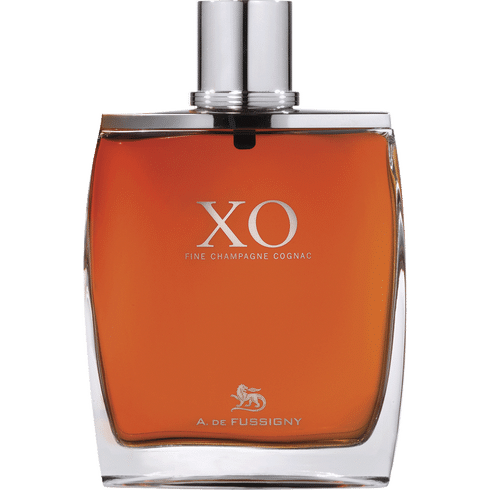
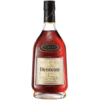
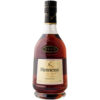
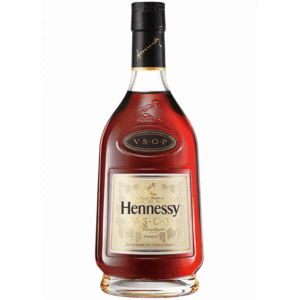

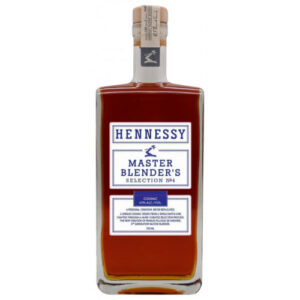
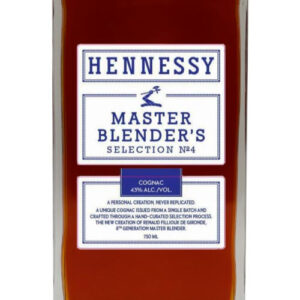
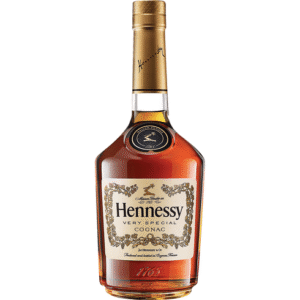
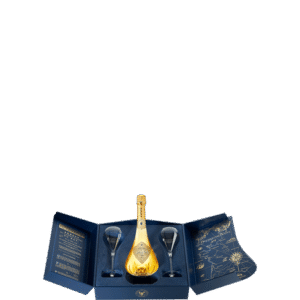
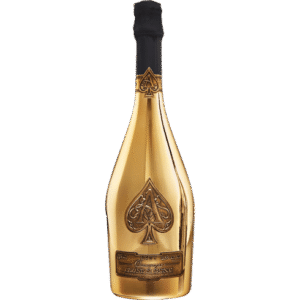
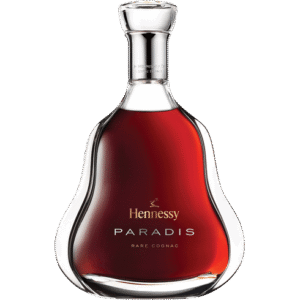

Reviews
There are no reviews yet.